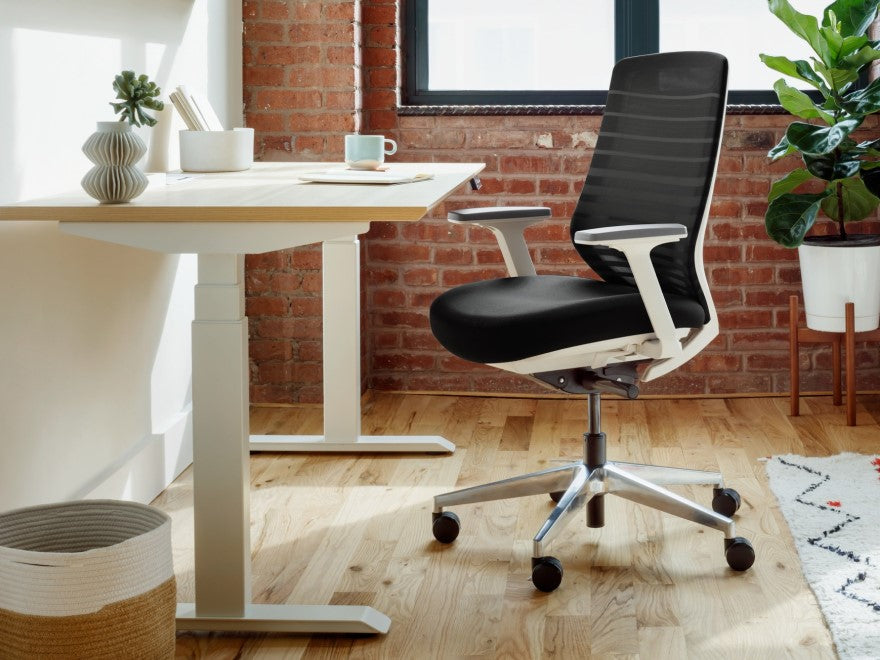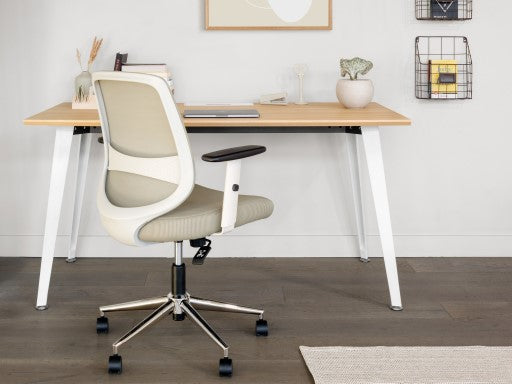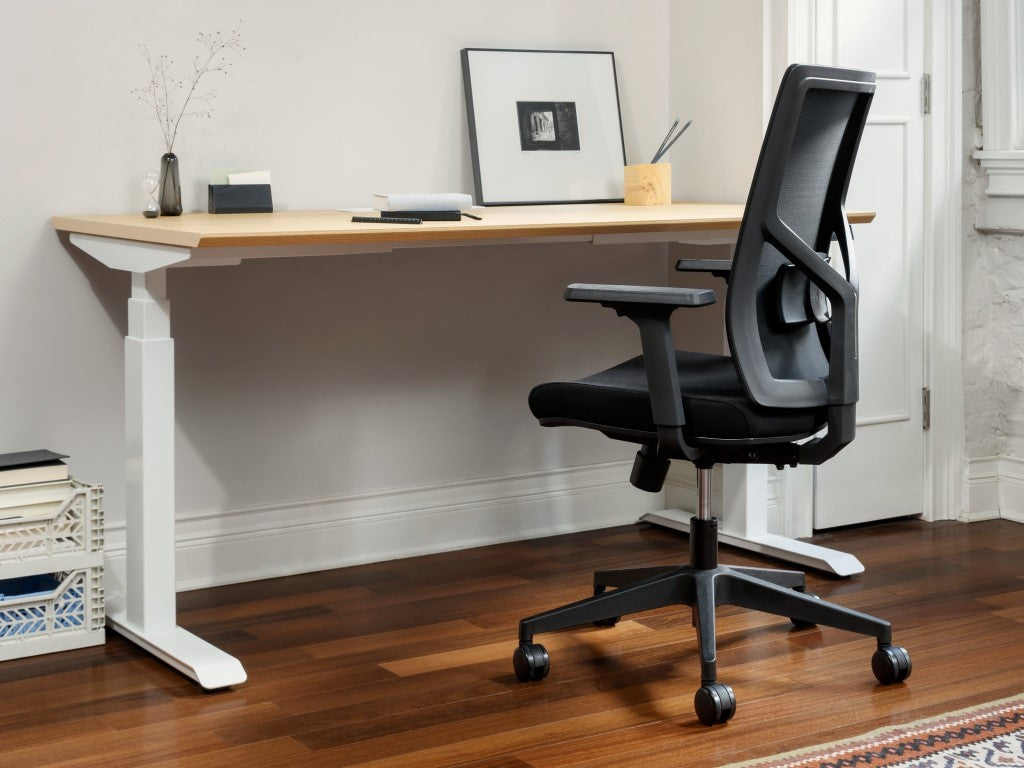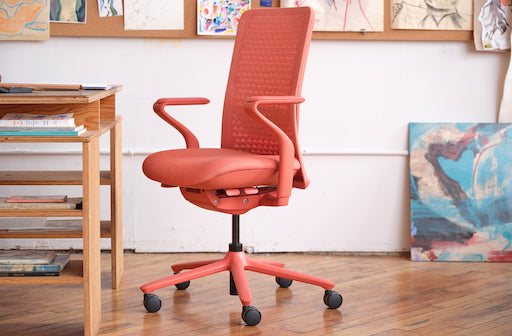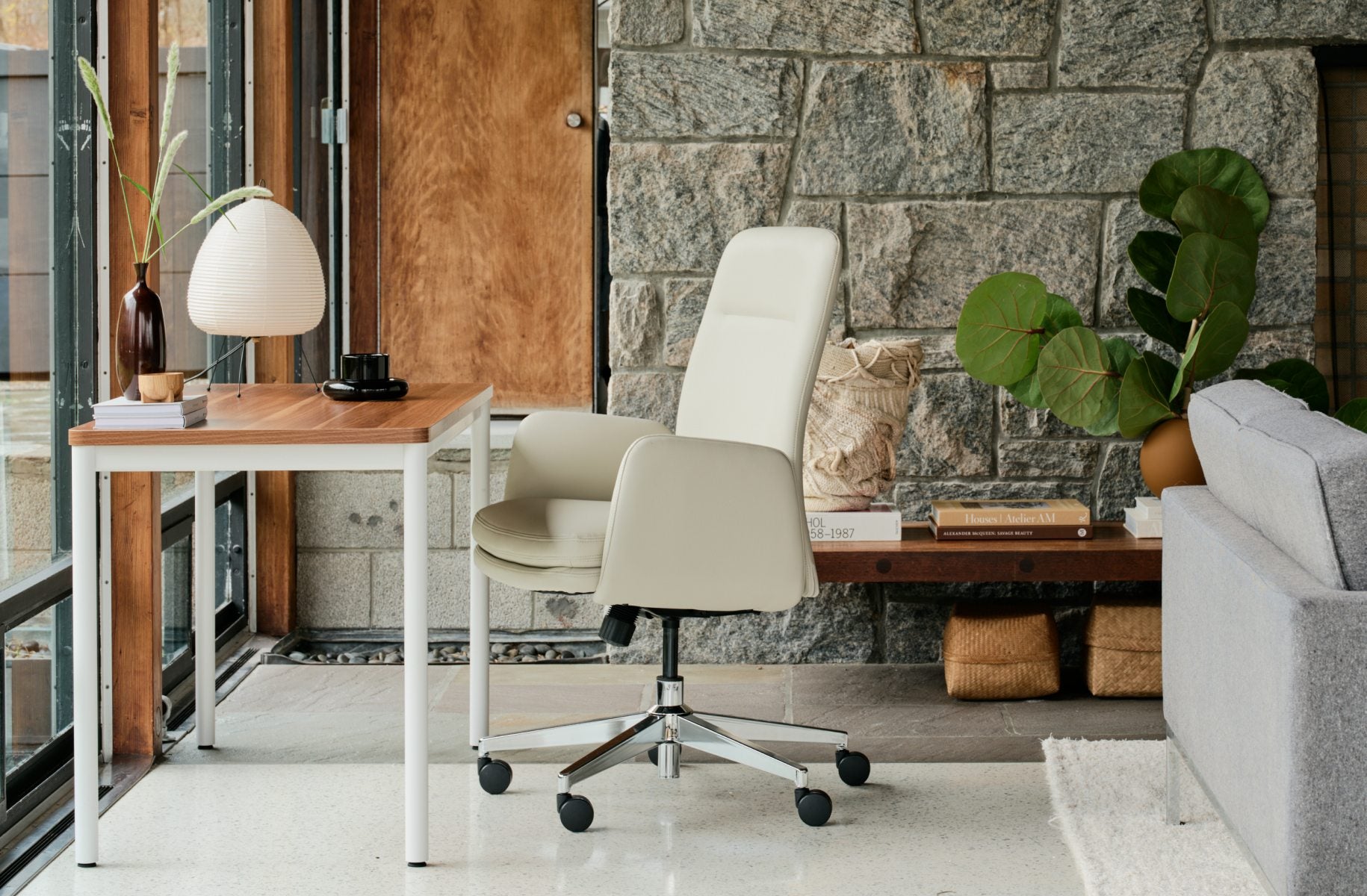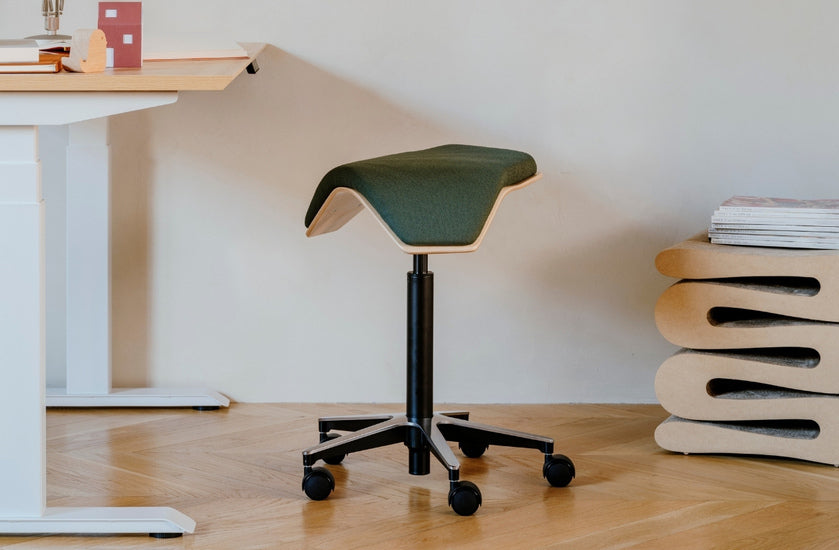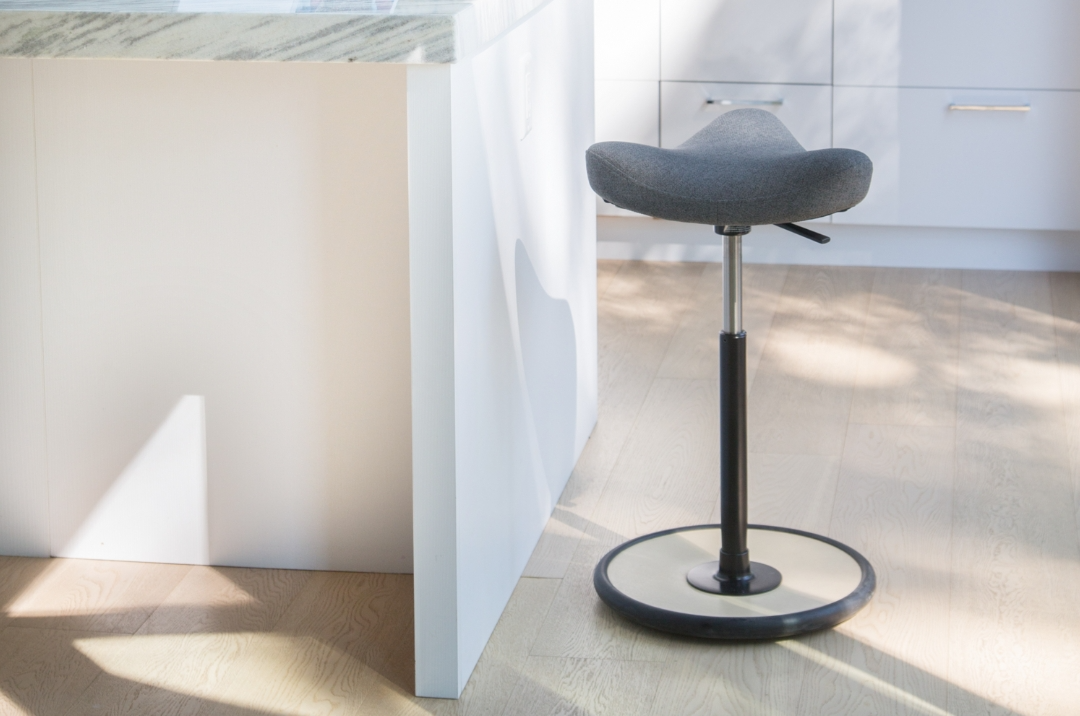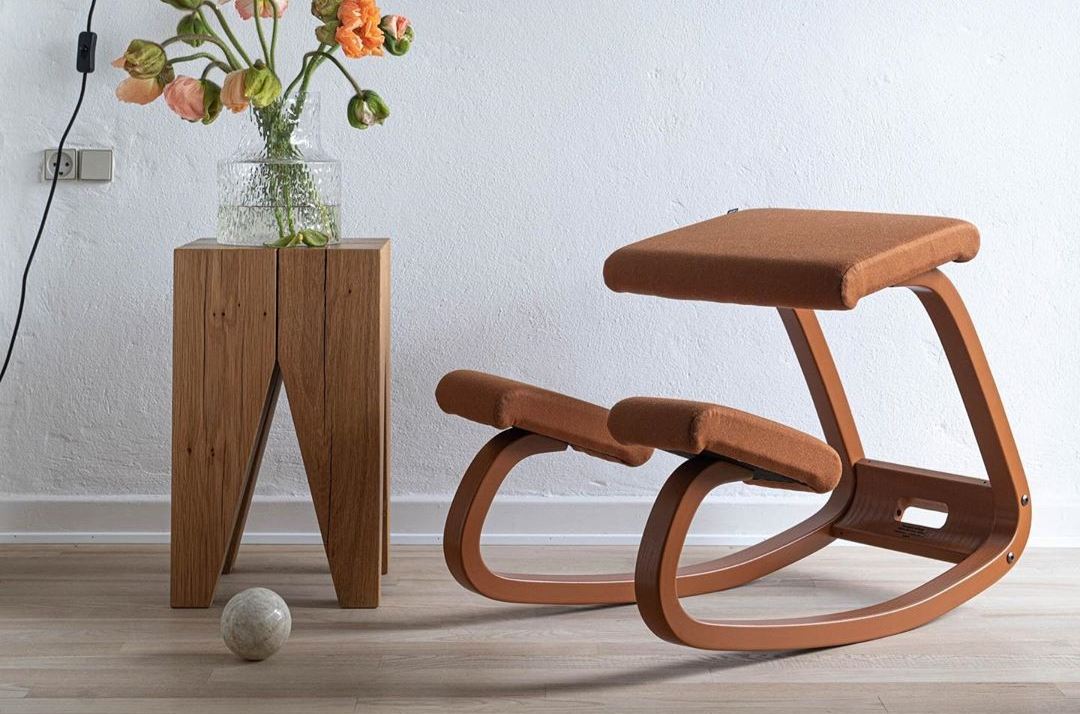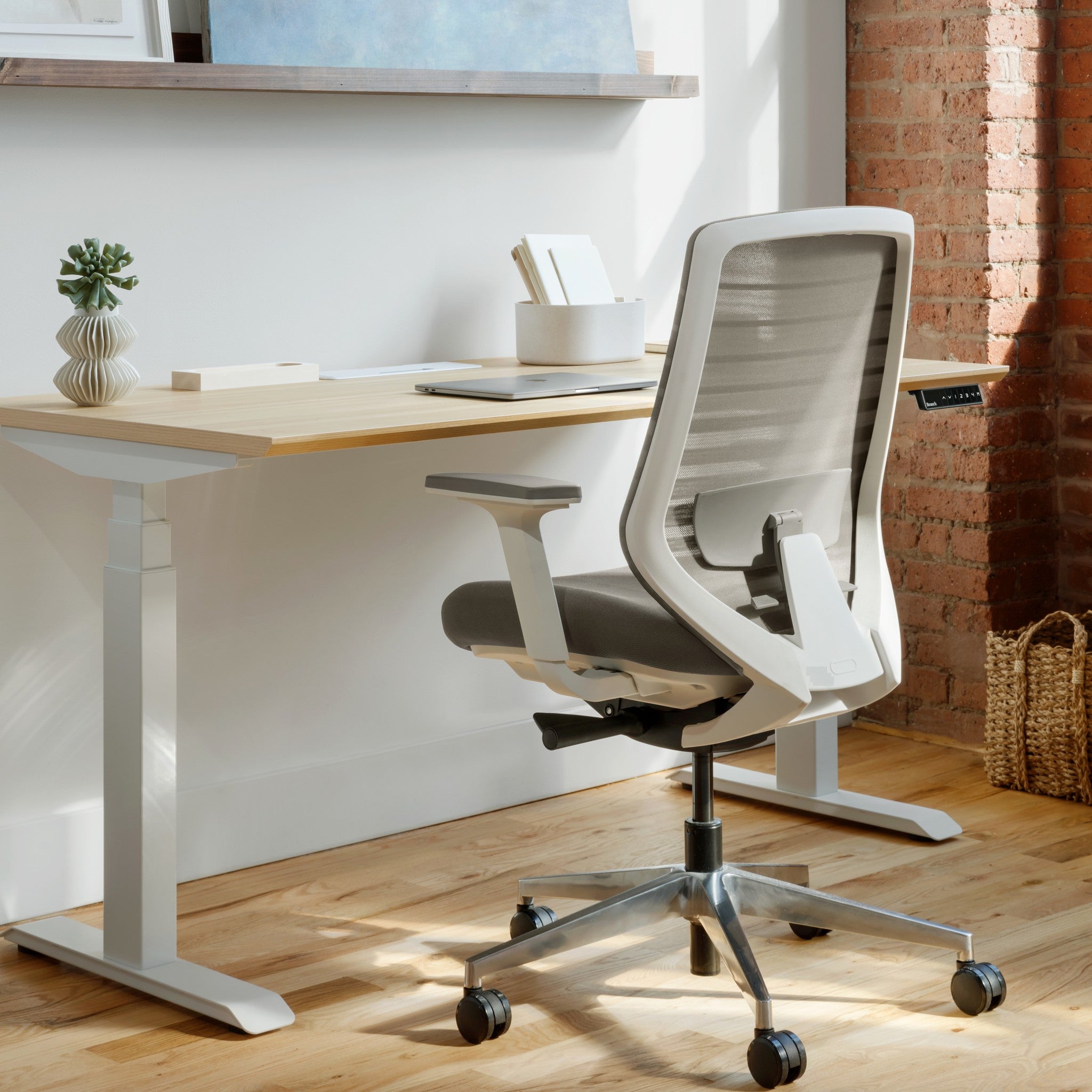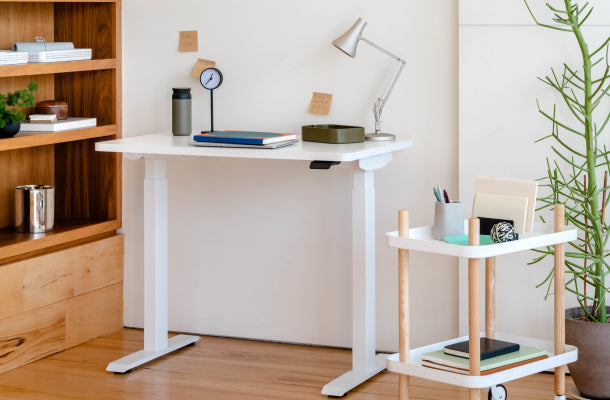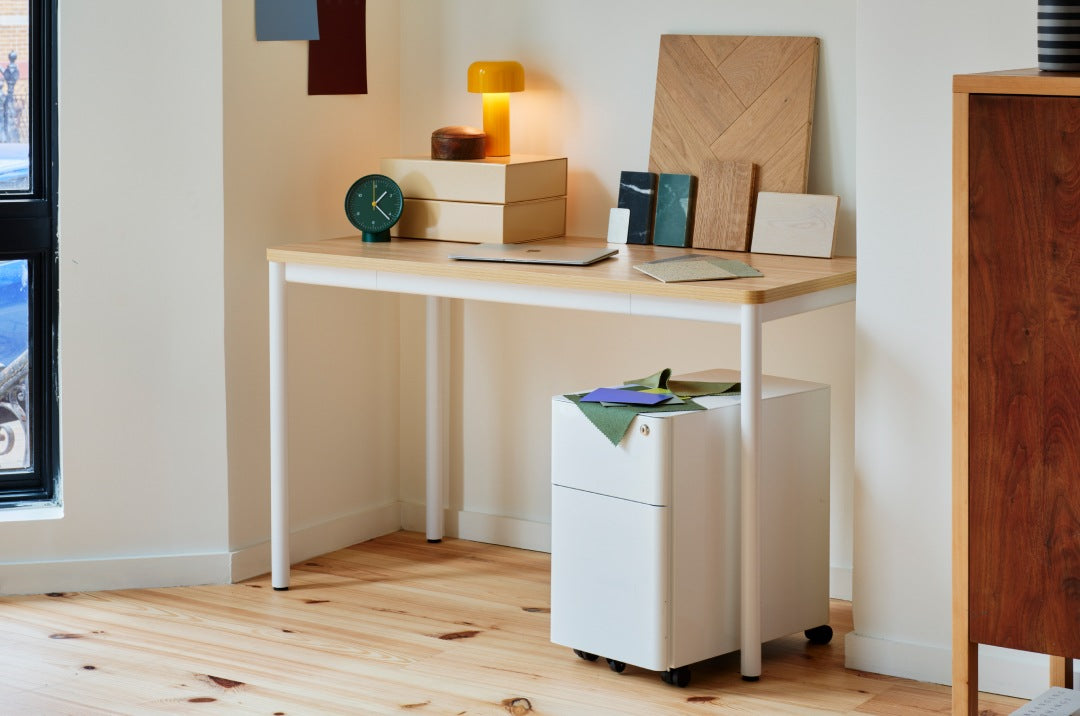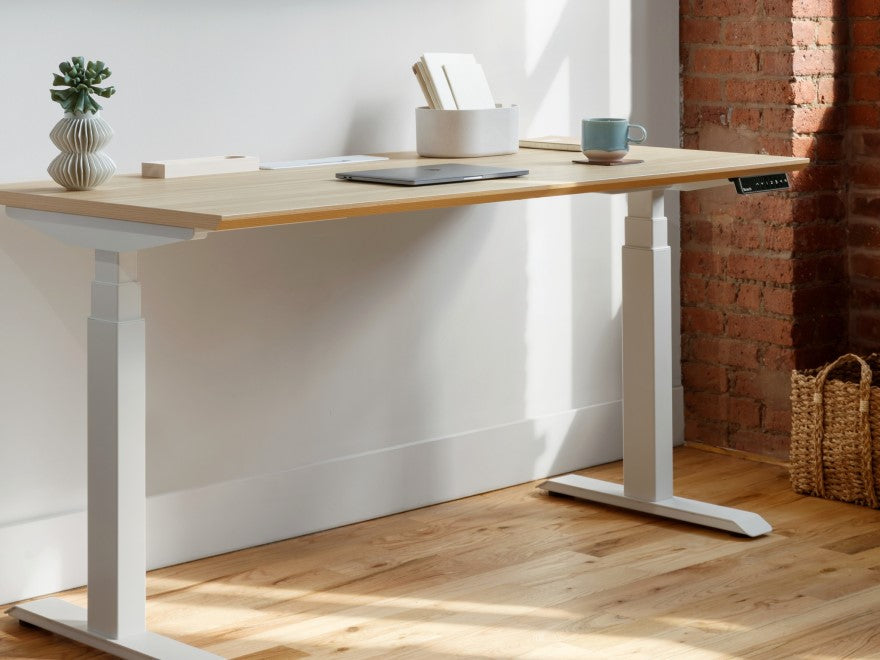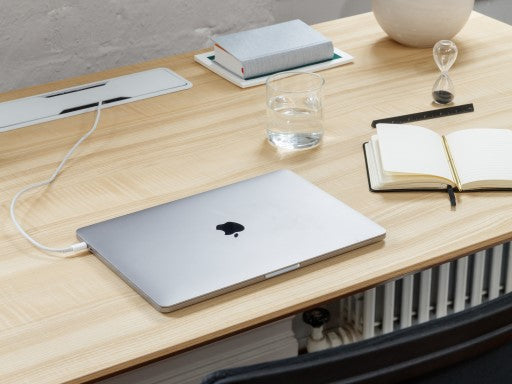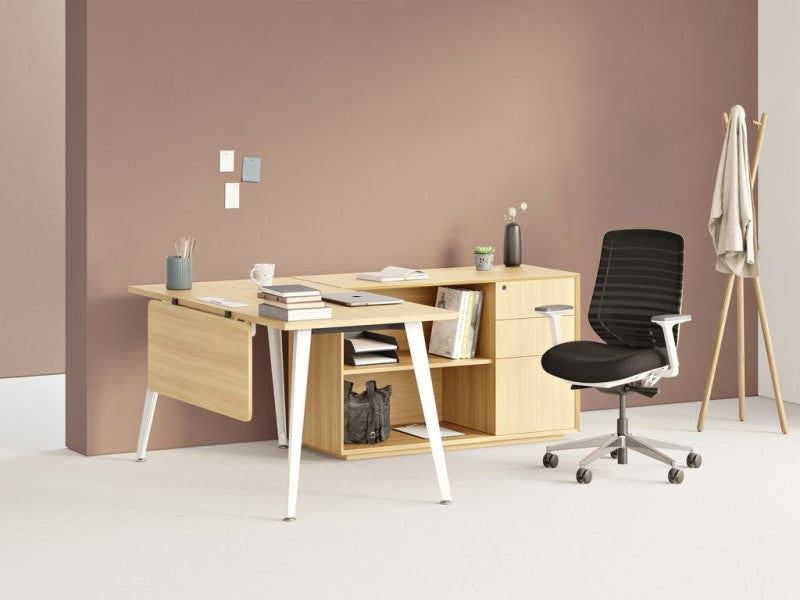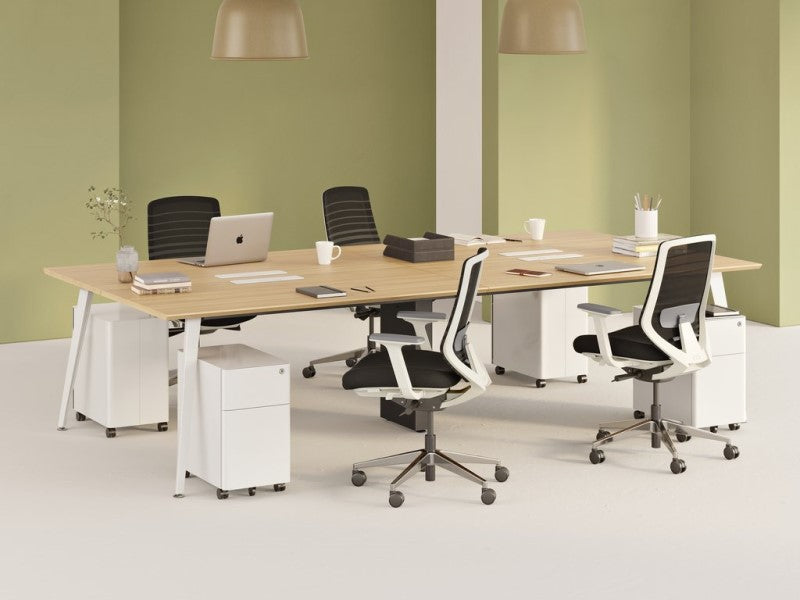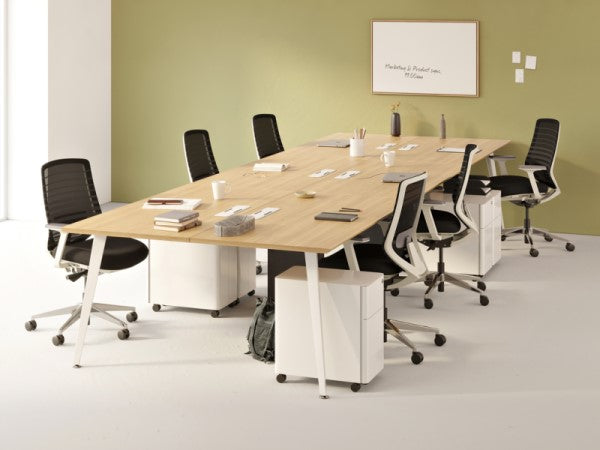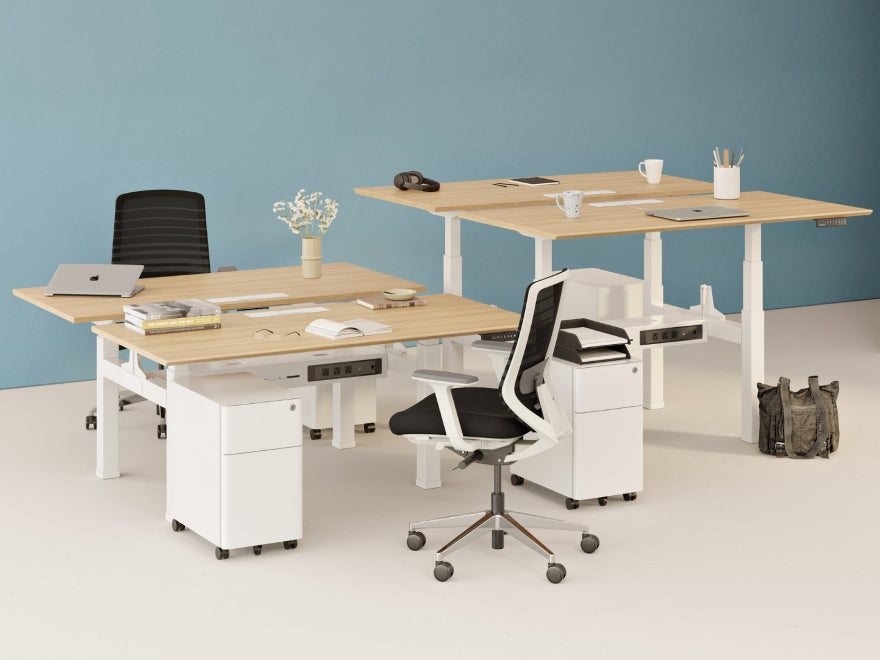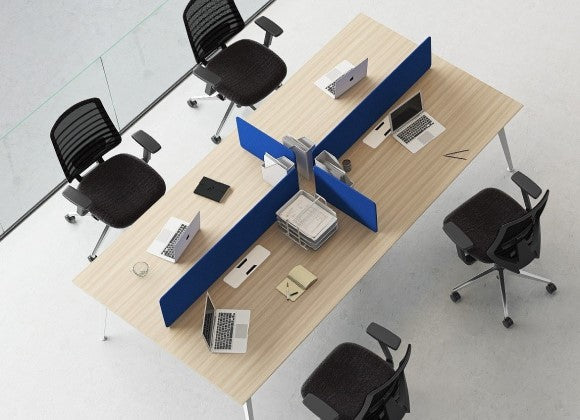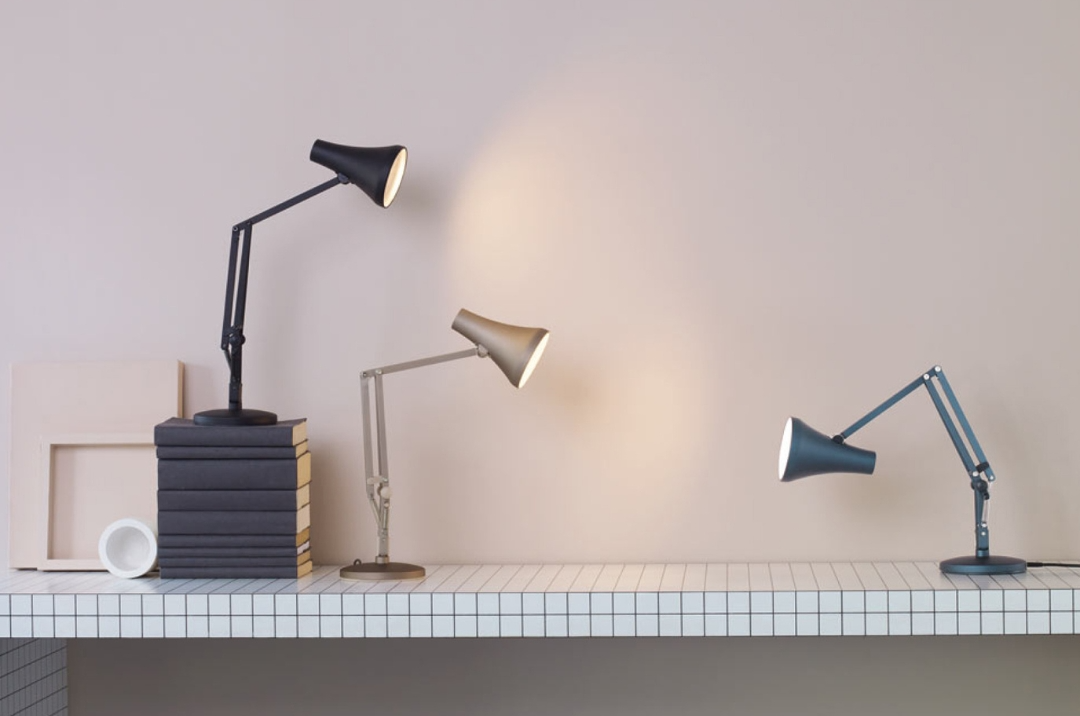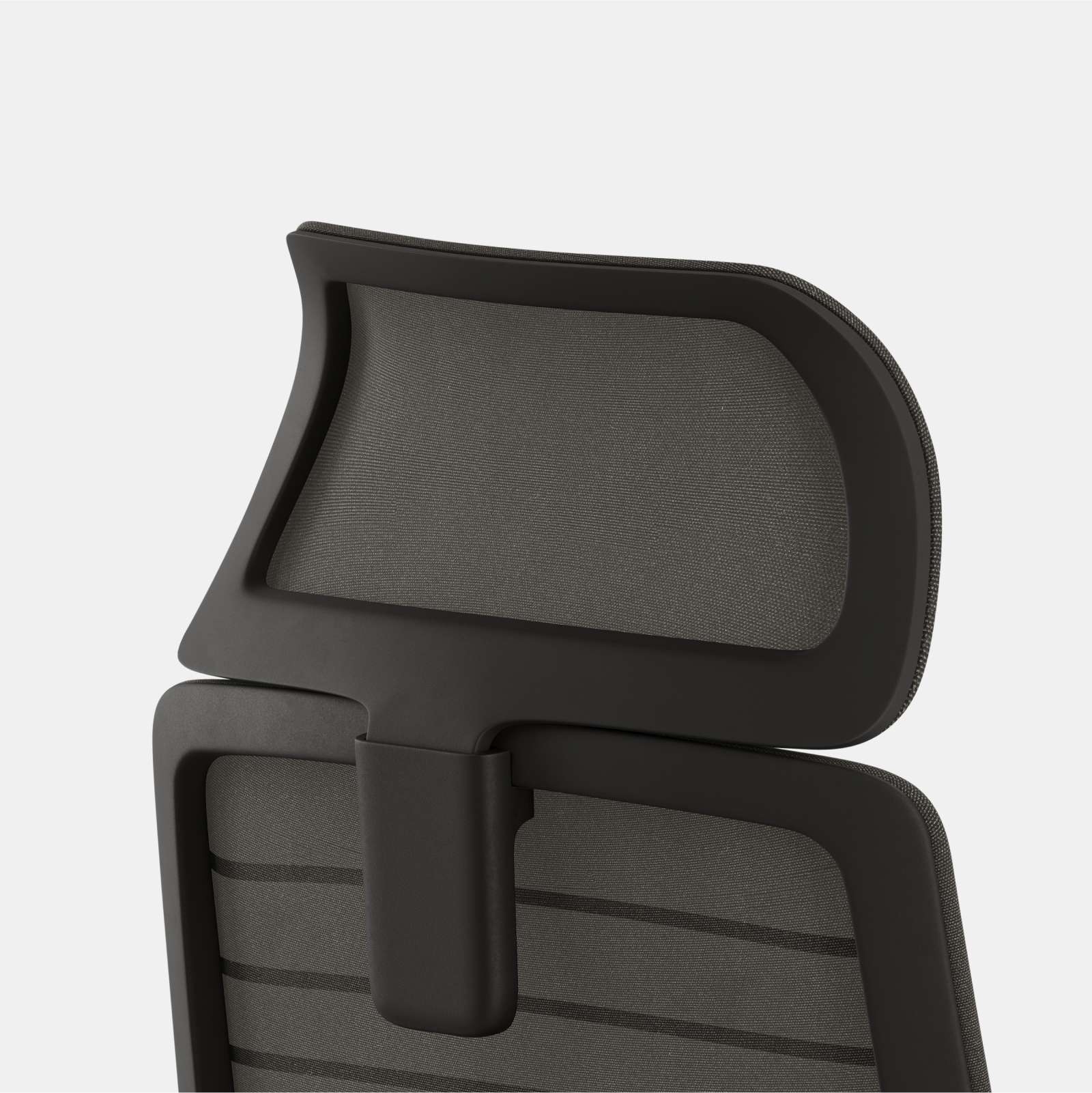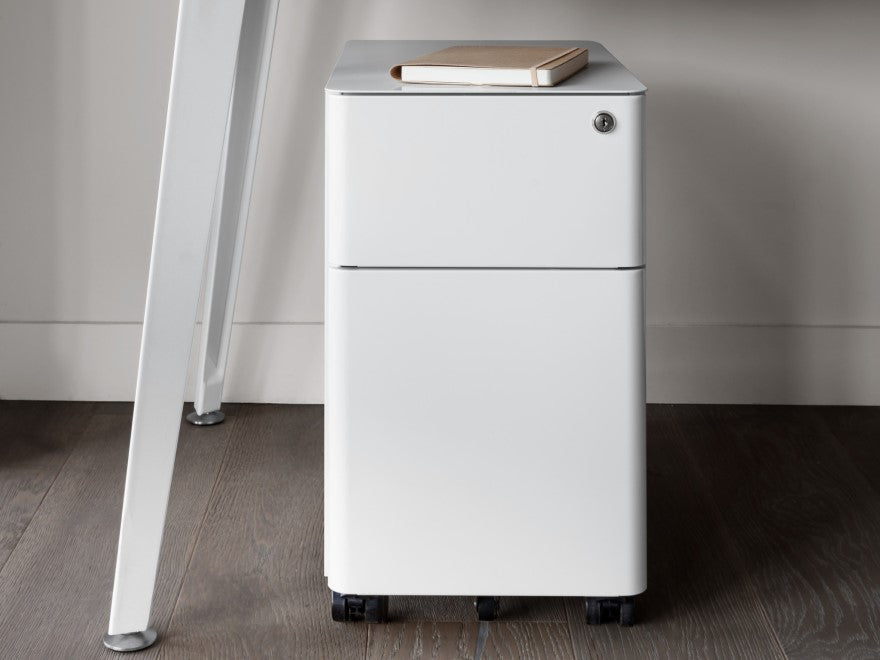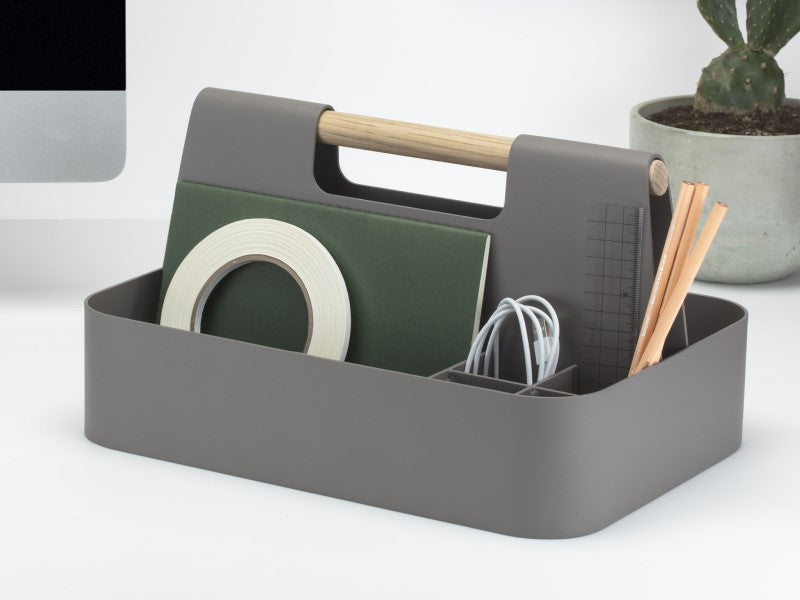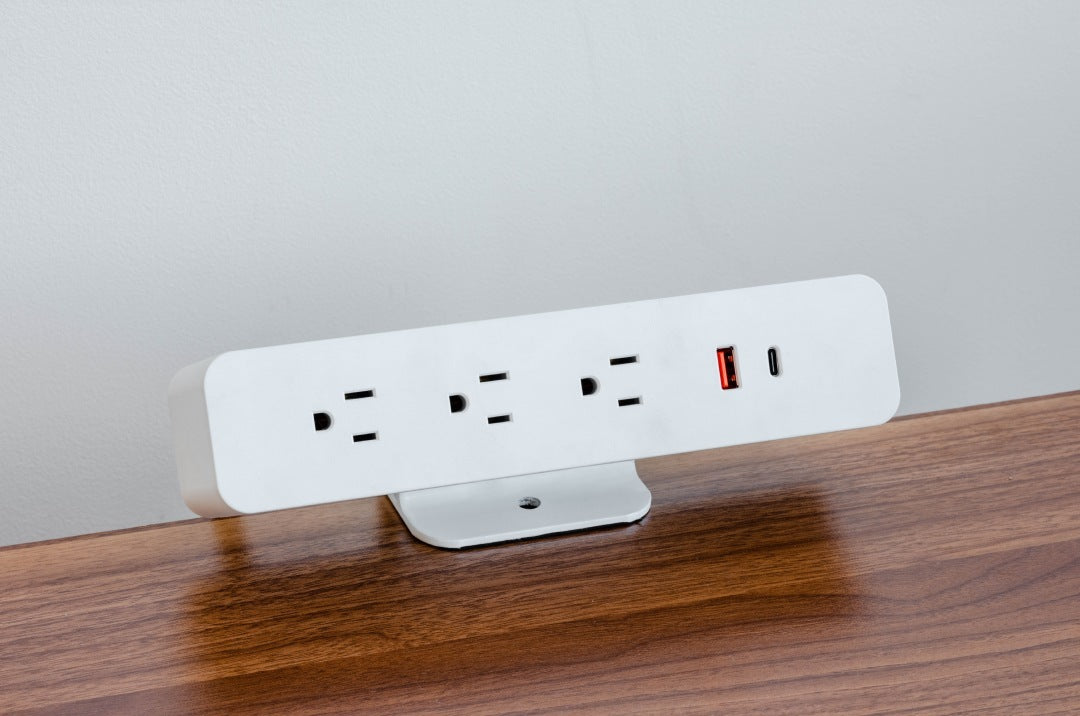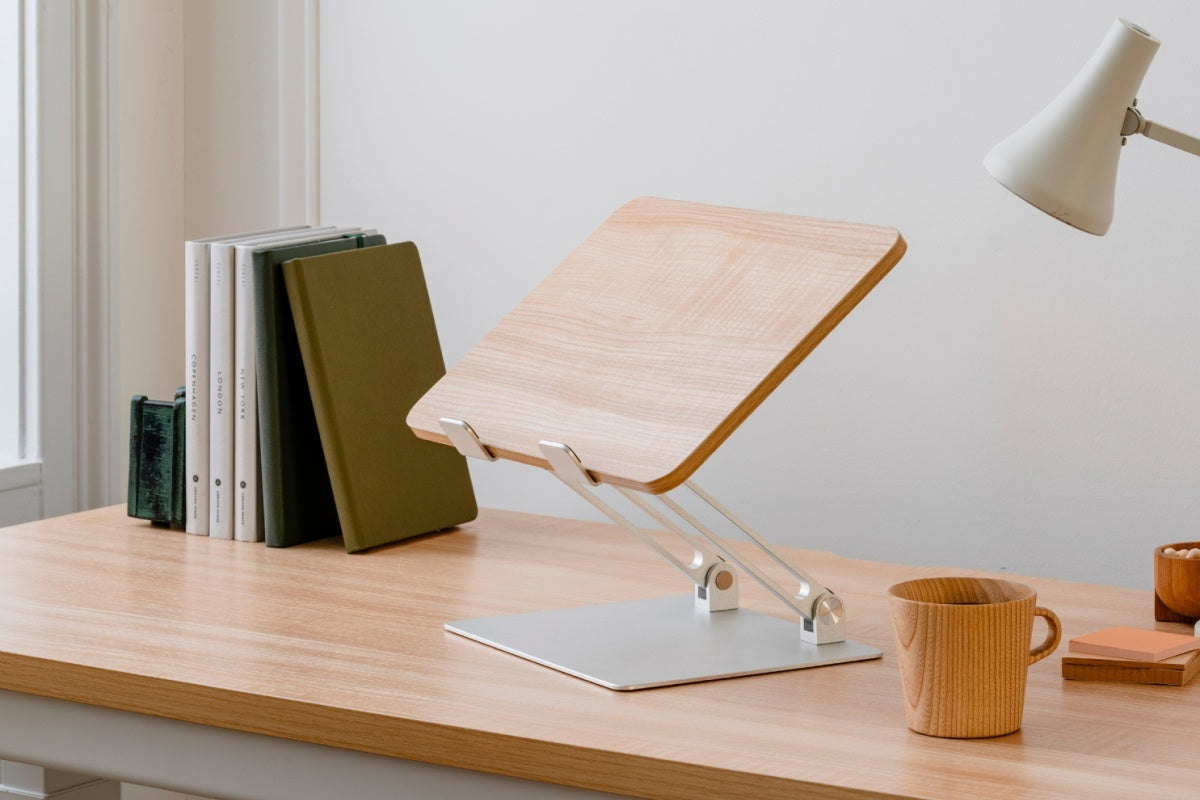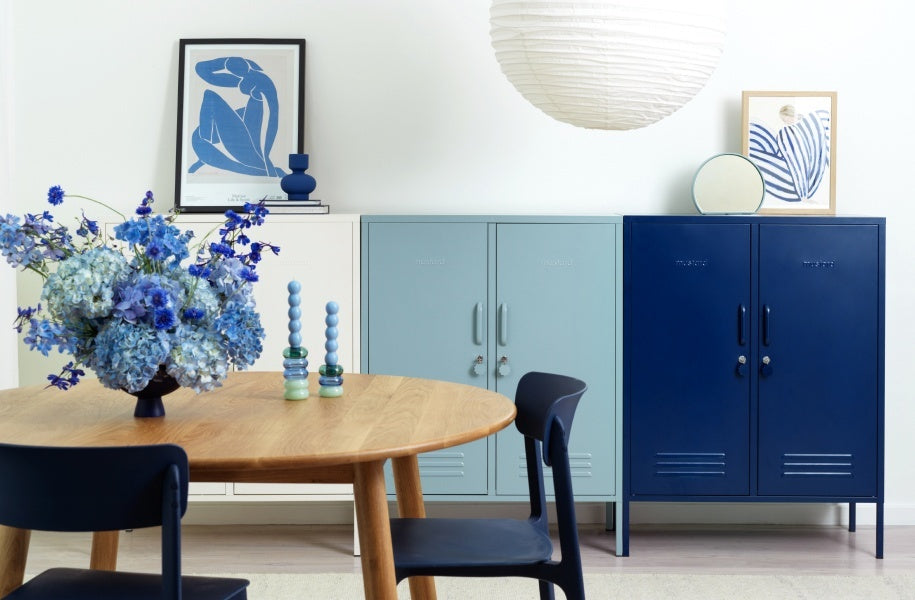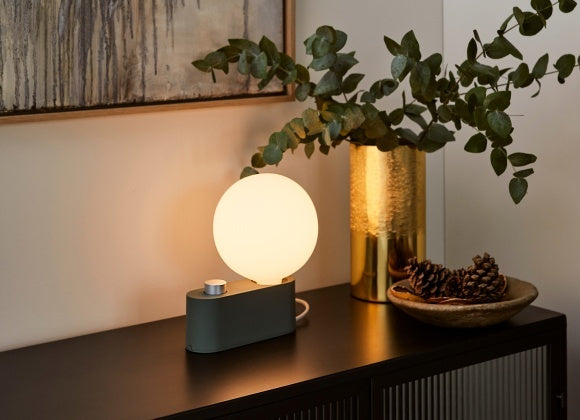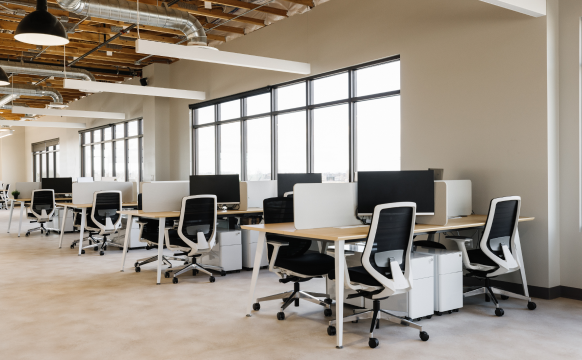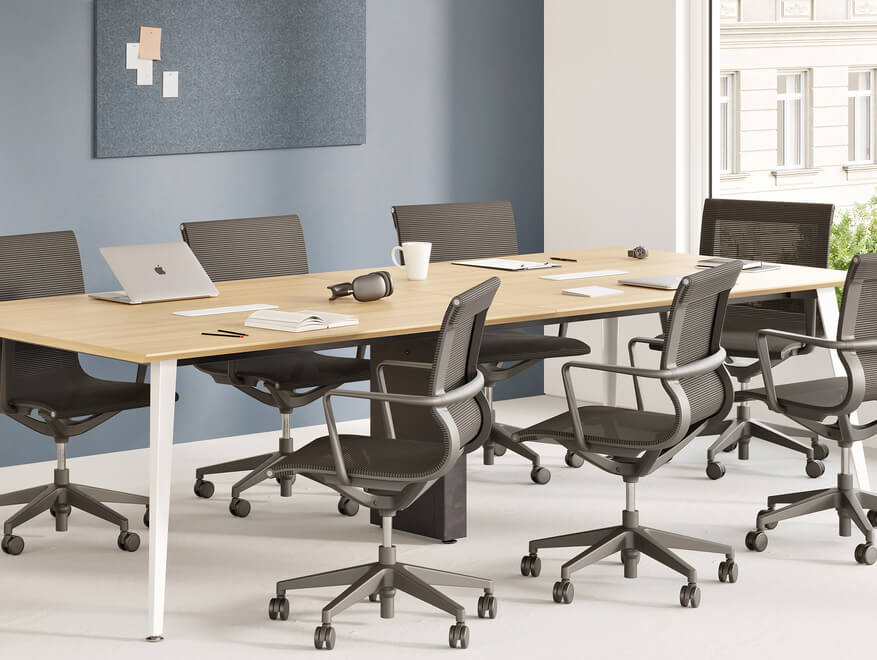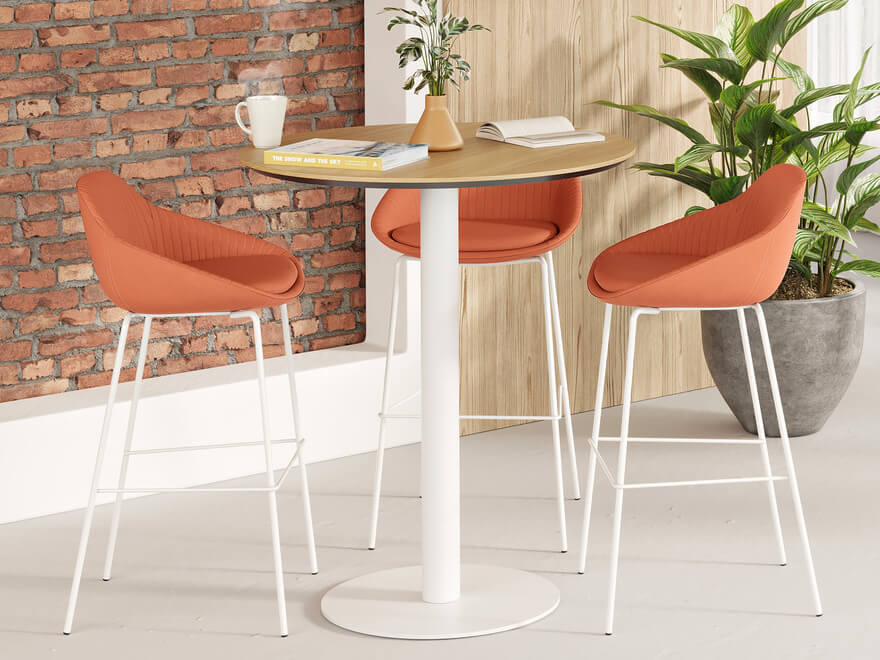Having power strips installed directly onto your desk can seriously elevate your work or play experience; it allows for much easier access and can be far more aesthetically pleasing than just having cords strewn about.
One big decision you need to make is whether to have the outlets positioned on the top side of your desk, hidden below, or recessed and have access from the top position with a cover.
For those who want a completely hidden power source, install a power strip on the underside of your desk. How complicated this process can get depends on the materials your desk is made of.
Most power strips will have mounting holes on the back of them for easy installation. If your desk is made of wood, simply screw in the recommended size and length screws into the underside of the desk in the proper positions and mount the power strip.
For metal or any other material that you cannot screw into, there are suitable double-sided adhesives and mounting solutions. Try to use one that has velcro for easier application and removal.
The recessed outlets are the best of both worlds and are found in Standing Desks. There’s virtually no installation required. All you have to do is put your power strip inside.

